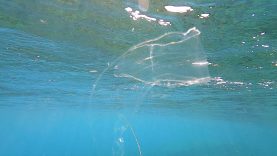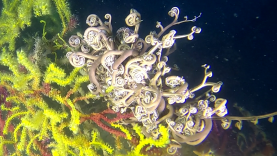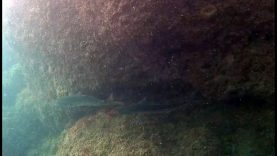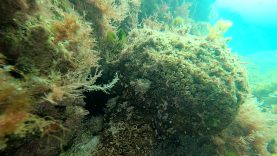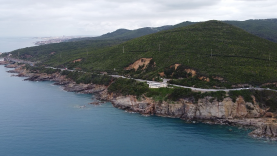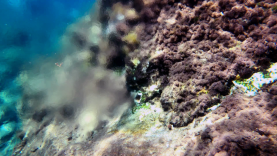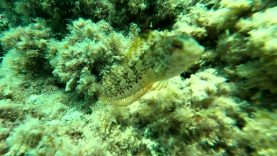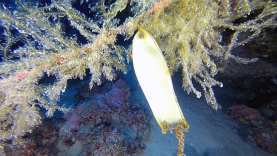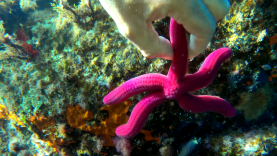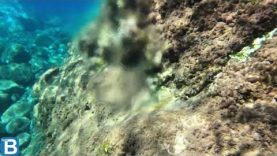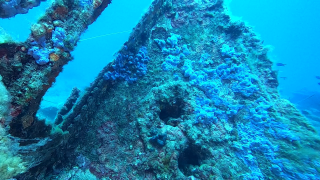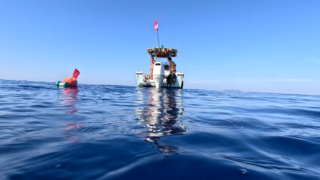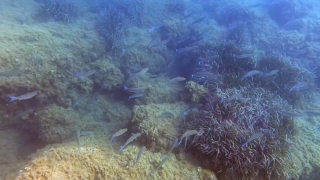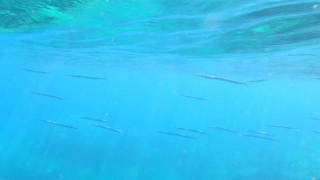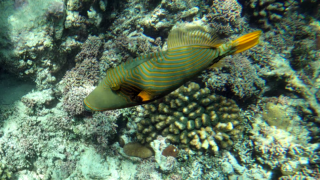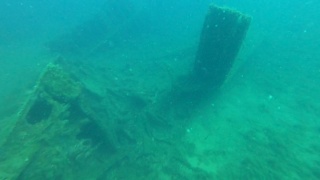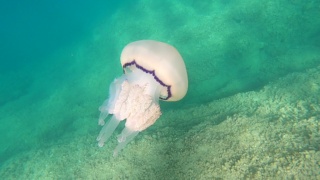Volcanic spring
When a volcano ends its eruptive activity, the liquid magma remains deep inside and slowly cools and solidifies over millions of years. The volcanic area continues to interact with the ground and with the surface, with deep aquifers, with rising gases and also with rainwater that can penetrate deeply through the rocky layers and then return to the surface in various forms. They are often hot springs rich in mineral salts with varying temperatures. These thermal waters originate from the groundwater which, descending in depth, meet the hot rocks or are due to the condensation of the steam generated by the encounter of the water with the hot rocks. sorgente vulcanica sottomarina
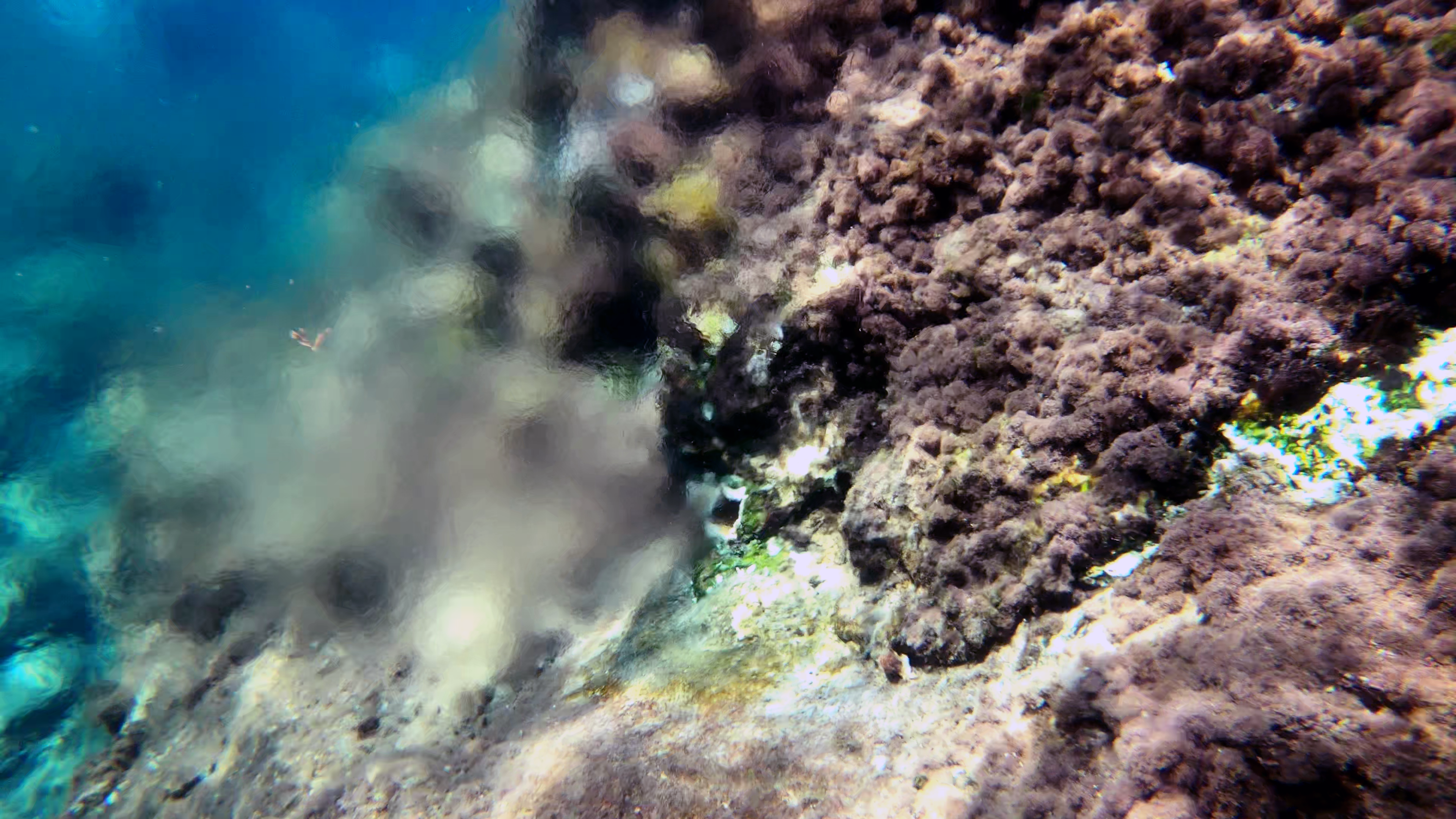
There are many examples, but the most famous is certainly the one that can be seen in the italian geothermal area of Larderello and Monte Amiata where water vapor emissions can reach 160 degrees in temperature and 14 atmospheres of pressure and that man has managed to use it for many purposes: production of electricity, district heating, use of low enthalpies in greenhouse cultivation, etc. In these volcanic areas there are phenomena of secondary volcanism.
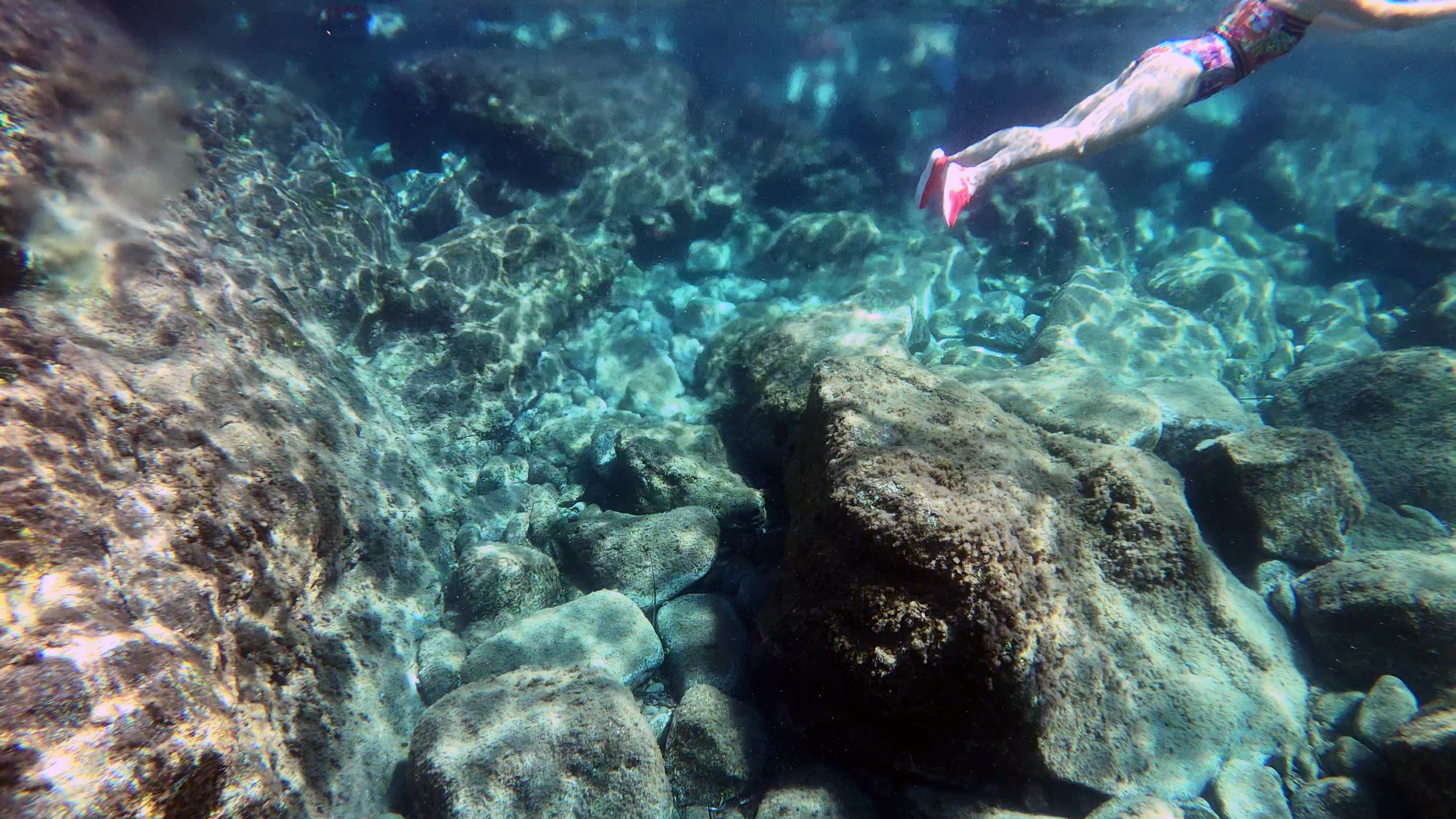
The main and best known are: the Fumaroles, small cracks in the ground from which water vapor is emitted at about 100 ° C: in contact with the air the vapor cools and condenses forming “fumes” from which the name of the phenomenon derives; i Soffioni, a particular type of fumarole: in this case the water vapor escapes from the ground at high pressure and at temperatures between 120 and 200 ° C. the Mofette, carbon dioxide emissions. This gas is heavier than air and therefore stagnates in the layer of air in direct contact with the ground, making breathing difficult; the Solfatare, emissions of gases containing sulfur, such as sulfur dioxide and hydrogen sulphide. Around these emissions the rocks are covered with a yellow layer due to the sublimation of sulfur.
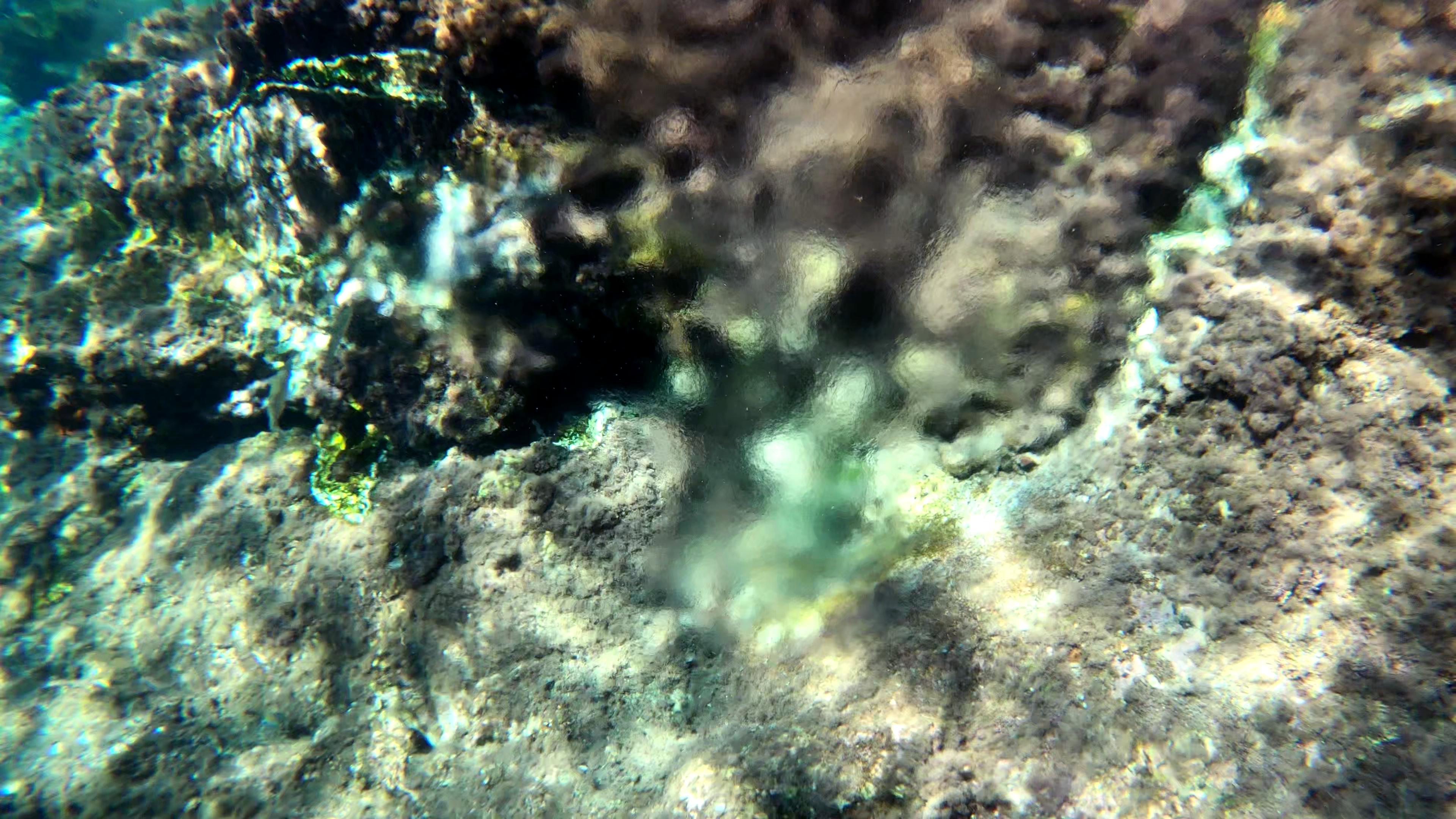
The Geysers, spectacular intermittent jets of boiling water and water vapor, which are generally emitted at regular intervals of time. They form in cavities filled with water present in the earth’s crust; in contact with incandescent rocks the water heats up, boils and, together with the water vapor, is expelled in the form of a jet; the water then falls back into the geyser conduit and the cycle repeats itself. Thermal waters, hot waters that rise to the surface from the subsoil: they can derive from the water vapor coming from the magma and condensed, or from the heating of underground waters by contact with hot rocks.
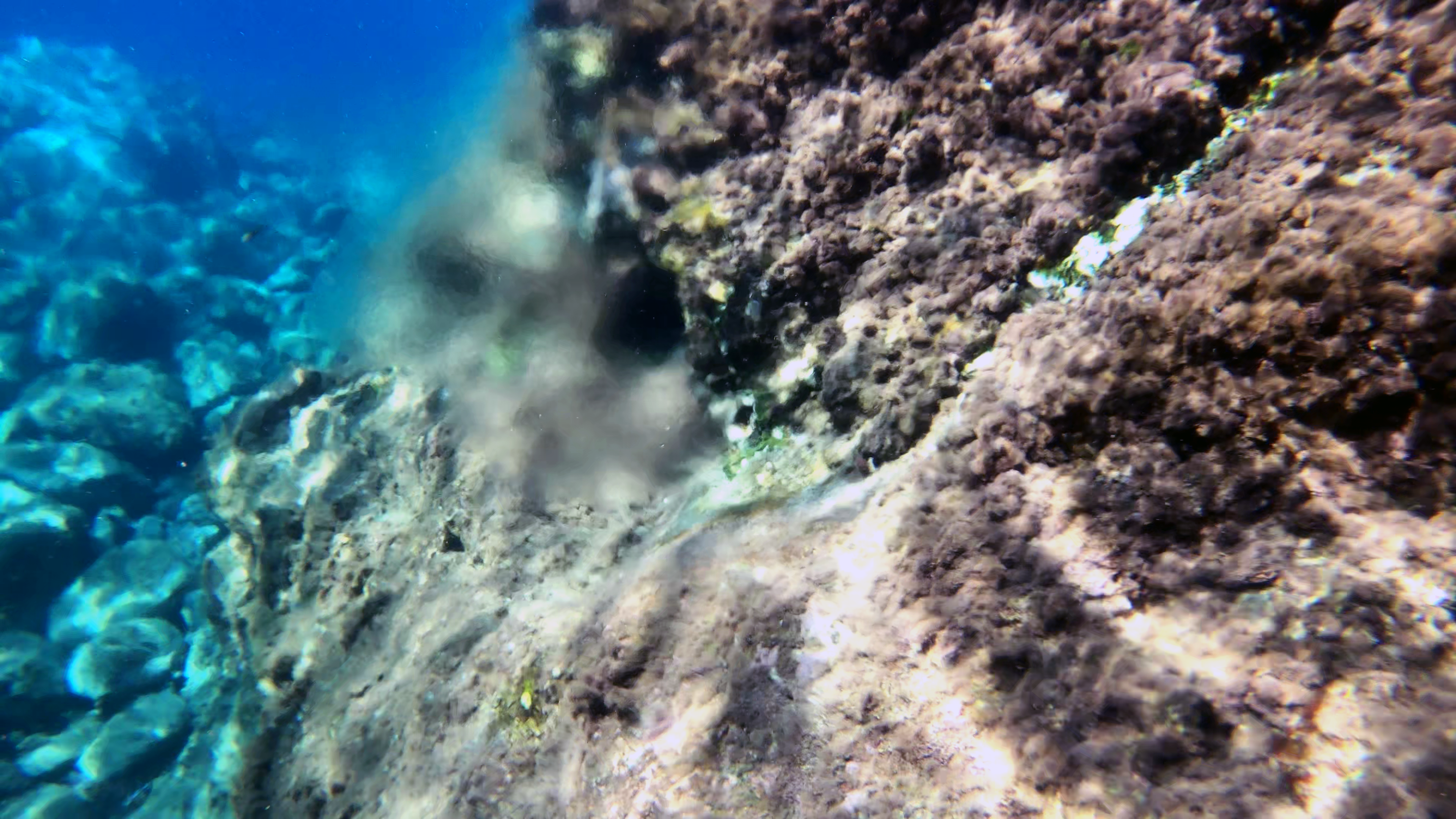
Volcanic islands are almost always affected by secondary volcanic phenomena even when the volcano has recently been extinguished as in Pantelleria, in Italy. The last eruption took place between 24 May 1890 and the end of November 1891. In this video we show you an underwater geothermal spring, present in Pantelleria, which mixes with sea water forming a unique thermal area.

